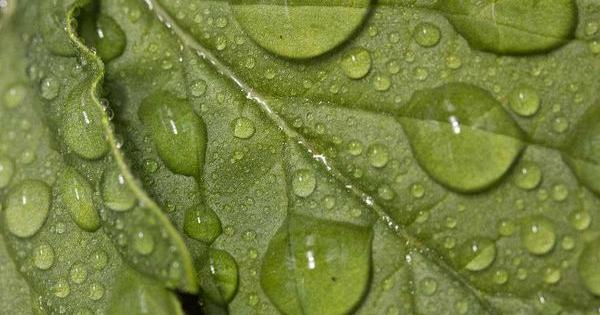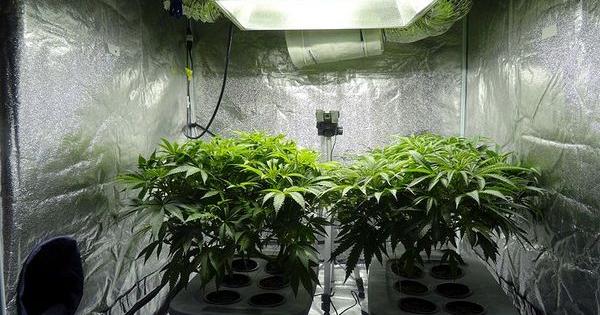Foliar fertilisation and how it can help your marijuana plants (dinafem.org) - By D. CIVANTOS
The main feeding method used in cannabis cultivation focuses on providing nutrients to the plant's vascular system through its roots. However, there is another way to reach the vascular system, a 'back door' called foliar feeding. This method, though commonly ignored, enables the plant to directly absorb nutrients through its leaves and stems. And even though foliar feeding has been a matter of debate for a while, it has been scientifically proven that it improves the plant's health and performance thanks to a better absorption of essential elements.
The clearest evidence of the benefits of foliar fertilisation dates back to no less than the early 1950s. This work was carried out by HB Tukey and SH Wittwer at Michigan State University, and it included several radioactive isotopes of essential nutrients that were later applied to plants using both foliar and radicular methods. The results were astounding: foliar feeding provided about 95% efficiency of nutrient use versus only about 10% efficiency from soil fertiliser applications.
Further studies tried to identify the action mechanism of nutrient transport, with the main mechanism being through stomates (the pores on leaves and stems responsible for gas exchange and transpiration). Nevertheless, it has been proved that many essential nutrients are also absorbed through the leaf cuticle, which is the waxy outer layer that protects leaves from water loss, bacteria and fungi.
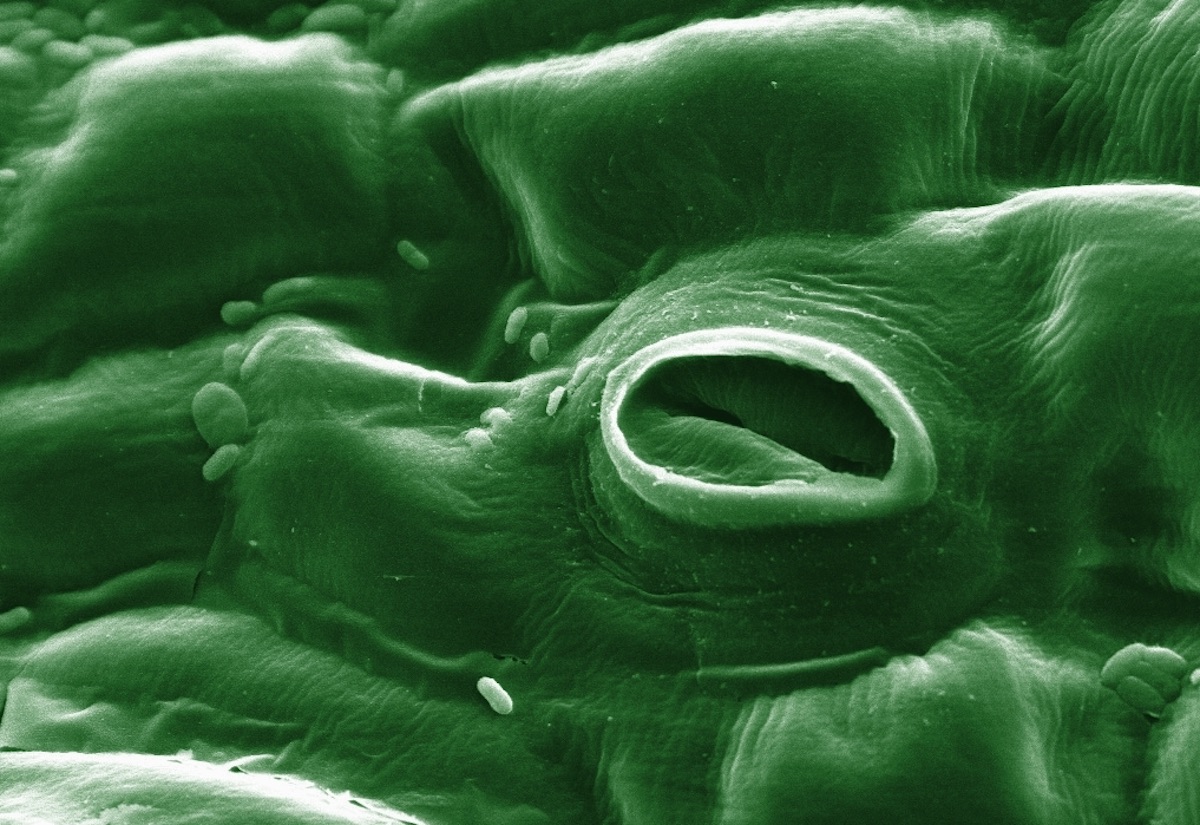
Hence, a division emerged between those who believed that the stomates were responsible for the transport of nutrients through the leaf tissue, and the believers of the importance of the cuticle permeability in this process. Present-day studies show that these two systems actually work in parallel.
Foliar feeding can be affected by many different factors, such as humidity, temperature, plant physiology or nutrient concentration:
- It has been proved that high humidity levels influence foliar applications due to a decrease in the evaporation rate. The nutrient solution stays on the leaf surface for longer, which increases absorption. Besides, the cuticle membrane tends to swell with higher relative humidity, which decreases cuticle hydrophobicity and increases the absorption of hydrophilic compounds, that is, nutrients dissolved in water.
- The structure of the leaf also plays an important role in foliar feeding. Research studies show that the underside of the leaf of many different crops holds the highest number of stomates per square centimetre, together with a cuticle which is thinner than on the top side. So even though the upper side also absorbs nutrients, it is advised to spray both sides, providing more nutrient concentration on the underside.
- The age of the leaf tissue is also an important factor, as new growths take the lead in nutrient absorption over older growths. Due to the fact that older leaves are less efficient in the transport of nutrients, foliar application methods may not be as suitable for them.
- The surface tension of the solution is also influential. The sprayed leaves are frequently brimming with droplets, which end up dripping down, thus greatly reducing the effectiveness of the foliar application as the time of contact is paramount. In order to overcome this setback, surface active agents can be used. They increase the contact surface by eliminating the layer of air that forms between the leaf and the foliar solution, which in turn increases ion movement across the stomates and the cuticular membranes.
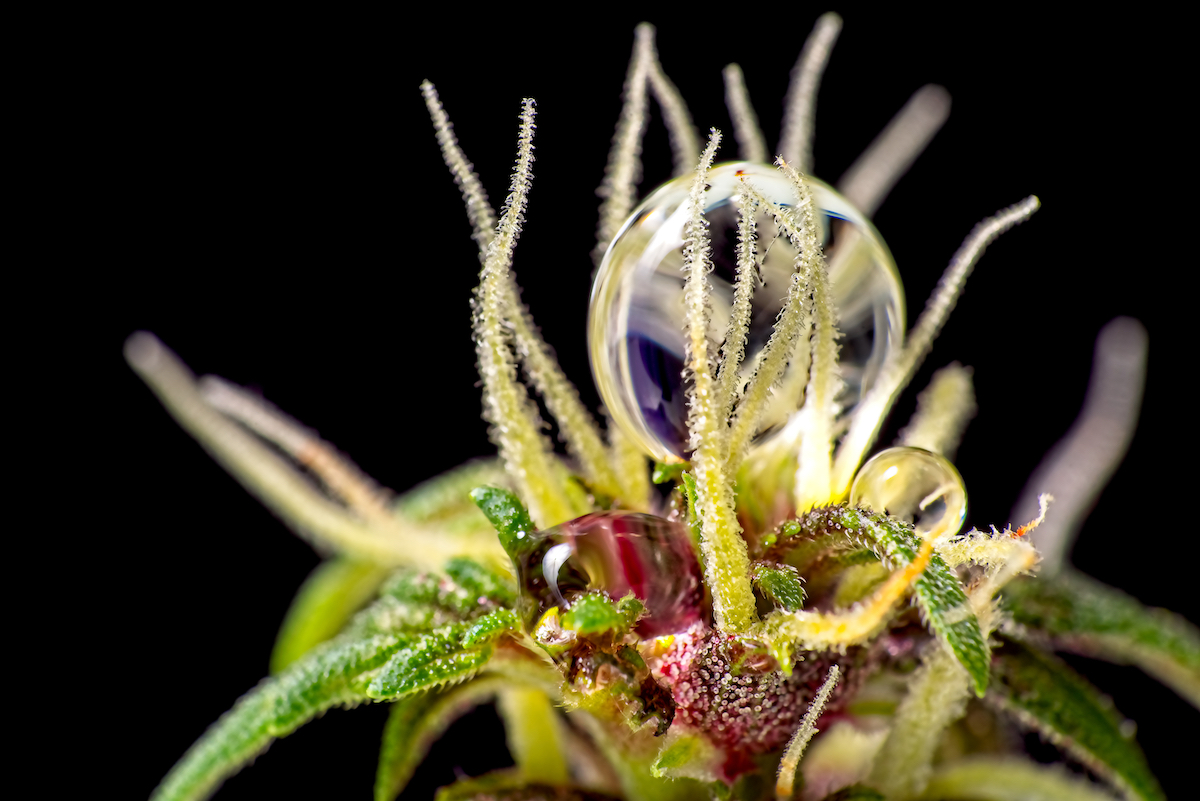
How to conduct foliar feeding effectively?
- Apply the foliar spray with the lights off or when the sun is descending
When an indoor plant starts a darkness cycle, its leaves take about 15 minutes to relax. This is the time when the absorption process is more effective. Foliar nutrition can also be carried out towards the end of the dark cycle. Keep in mind that, if the spray is applied with the lights on, the liquid will act as a magnifying glass, which will increase the heat and eventually burn the leaves.
Taking this into consideration, the ideal air temperature when spraying outdoor plants is 20-24ºC. In contrast, it must be noted that spraying when the temperature is low may encourage the appearance of fungi and pathogens. Therefore it is recommended to spray the plants early in the morning and let them dry off during the day, because if they are sprayed in the evening they will remain damp overnight.
- Use an appropriate spraying technique
The plant stalk and leaves should be sprayed lightly. Remember: a little always goes a long way. A mist style sprayer is always a good choice. The lighter the mist, the easier it will be for the plant to absorb it. There are also some sprayers on the market that work face down, making them ideal for reduced spaces and for spraying the underside of the leaves, where we find the largest number of stomates. We must not forget that the plant can also absorb nutrients, though to a lesser extent, through the epidermis of the upper side of its leaves as well as through its stems and petioles.
- Avoid an overly concentrated foliar solution
It is advised to over-dilute the foliar solution to ensure that the mixture is not too strong for the plant. The solution must be first applied to a single leaf or to a confined area, and wait for 24 hours. This can prevent damaging the whole plant if we have used the wrong dosage or product.
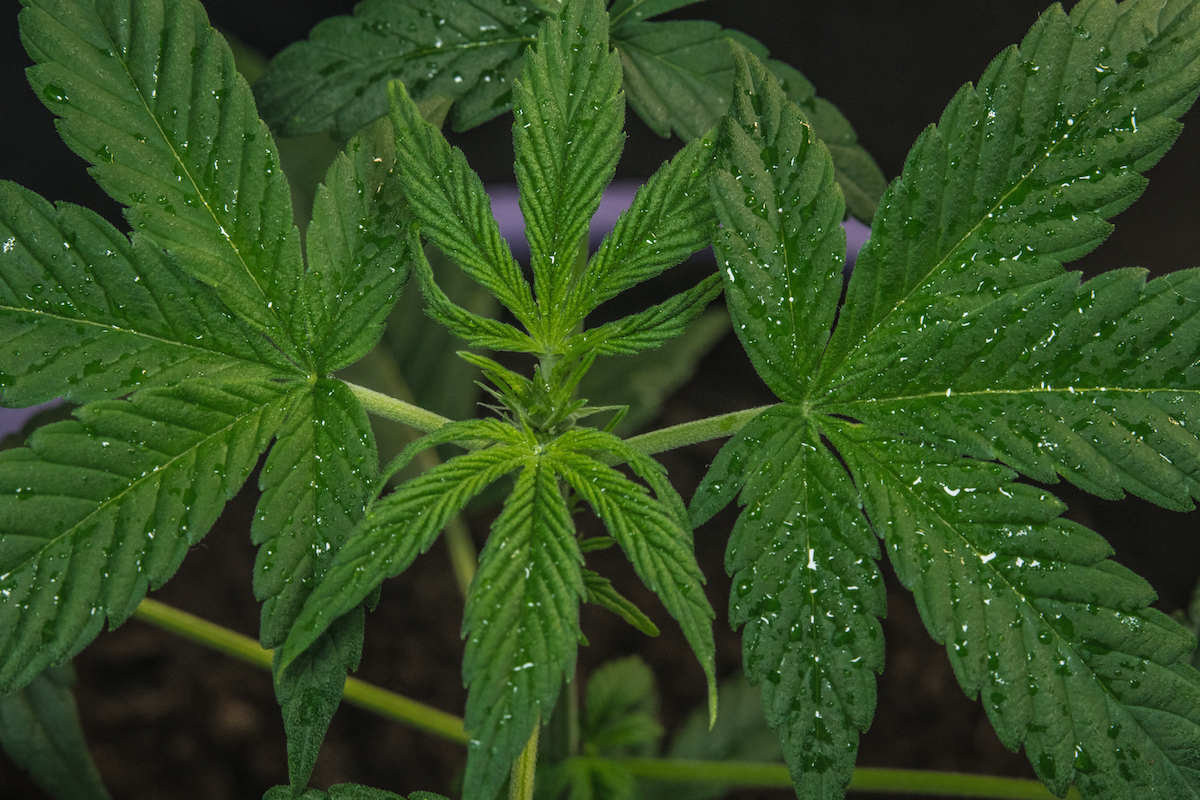
- Avoid foliar nutrition if it can prove detrimental to the growing environment
Foliar feeding increases the humidity within the crop environment. Even though this can be beneficial to the plant during its vegetative phase, it is not recommended to foliar feed during the flowering period, when plant humidity levels are already high. As a general rule, buds should not be sprayed in order to prevent the build-up of traces of the foliar solution on them and also to prevent the appearance of fungi.
- Add a surfactant or wetting agent to the foliar solution to improve absorption
Adding a few drops of potassium soap or organic detergent to the spraying solution lowers surface tension and enhances absorption by spreading the liquid evenly and preventing the formation of big droplets on the leaf.
Remember that there is a great range of foliar nutrients on the market. Some of them encourage branch growth during the vegetative phase, which reduces internodal spacing; others increase bud size during flowering; and most of them help combat deficiencies, pests, and diseases, improving the overall health of the plant.
The main feeding method used in cannabis cultivation focuses on providing nutrients to the plant's vascular system through its roots. However, there is another way to reach the vascular system, a 'back door' called foliar feeding. This method, though commonly ignored, enables the plant to directly absorb nutrients through its leaves and stems. And even though foliar feeding has been a matter of debate for a while, it has been scientifically proven that it improves the plant's health and performance thanks to a better absorption of essential elements.
The clearest evidence of the benefits of foliar fertilisation dates back to no less than the early 1950s. This work was carried out by HB Tukey and SH Wittwer at Michigan State University, and it included several radioactive isotopes of essential nutrients that were later applied to plants using both foliar and radicular methods. The results were astounding: foliar feeding provided about 95% efficiency of nutrient use versus only about 10% efficiency from soil fertiliser applications.
Further studies tried to identify the action mechanism of nutrient transport, with the main mechanism being through stomates (the pores on leaves and stems responsible for gas exchange and transpiration). Nevertheless, it has been proved that many essential nutrients are also absorbed through the leaf cuticle, which is the waxy outer layer that protects leaves from water loss, bacteria and fungi.

Hence, a division emerged between those who believed that the stomates were responsible for the transport of nutrients through the leaf tissue, and the believers of the importance of the cuticle permeability in this process. Present-day studies show that these two systems actually work in parallel.
Foliar feeding can be affected by many different factors, such as humidity, temperature, plant physiology or nutrient concentration:
- It has been proved that high humidity levels influence foliar applications due to a decrease in the evaporation rate. The nutrient solution stays on the leaf surface for longer, which increases absorption. Besides, the cuticle membrane tends to swell with higher relative humidity, which decreases cuticle hydrophobicity and increases the absorption of hydrophilic compounds, that is, nutrients dissolved in water.
- The structure of the leaf also plays an important role in foliar feeding. Research studies show that the underside of the leaf of many different crops holds the highest number of stomates per square centimetre, together with a cuticle which is thinner than on the top side. So even though the upper side also absorbs nutrients, it is advised to spray both sides, providing more nutrient concentration on the underside.
- The age of the leaf tissue is also an important factor, as new growths take the lead in nutrient absorption over older growths. Due to the fact that older leaves are less efficient in the transport of nutrients, foliar application methods may not be as suitable for them.
- The surface tension of the solution is also influential. The sprayed leaves are frequently brimming with droplets, which end up dripping down, thus greatly reducing the effectiveness of the foliar application as the time of contact is paramount. In order to overcome this setback, surface active agents can be used. They increase the contact surface by eliminating the layer of air that forms between the leaf and the foliar solution, which in turn increases ion movement across the stomates and the cuticular membranes.

How to conduct foliar feeding effectively?
- Apply the foliar spray with the lights off or when the sun is descending
When an indoor plant starts a darkness cycle, its leaves take about 15 minutes to relax. This is the time when the absorption process is more effective. Foliar nutrition can also be carried out towards the end of the dark cycle. Keep in mind that, if the spray is applied with the lights on, the liquid will act as a magnifying glass, which will increase the heat and eventually burn the leaves.
Taking this into consideration, the ideal air temperature when spraying outdoor plants is 20-24ºC. In contrast, it must be noted that spraying when the temperature is low may encourage the appearance of fungi and pathogens. Therefore it is recommended to spray the plants early in the morning and let them dry off during the day, because if they are sprayed in the evening they will remain damp overnight.
- Use an appropriate spraying technique
The plant stalk and leaves should be sprayed lightly. Remember: a little always goes a long way. A mist style sprayer is always a good choice. The lighter the mist, the easier it will be for the plant to absorb it. There are also some sprayers on the market that work face down, making them ideal for reduced spaces and for spraying the underside of the leaves, where we find the largest number of stomates. We must not forget that the plant can also absorb nutrients, though to a lesser extent, through the epidermis of the upper side of its leaves as well as through its stems and petioles.
- Avoid an overly concentrated foliar solution
It is advised to over-dilute the foliar solution to ensure that the mixture is not too strong for the plant. The solution must be first applied to a single leaf or to a confined area, and wait for 24 hours. This can prevent damaging the whole plant if we have used the wrong dosage or product.

- Avoid foliar nutrition if it can prove detrimental to the growing environment
Foliar feeding increases the humidity within the crop environment. Even though this can be beneficial to the plant during its vegetative phase, it is not recommended to foliar feed during the flowering period, when plant humidity levels are already high. As a general rule, buds should not be sprayed in order to prevent the build-up of traces of the foliar solution on them and also to prevent the appearance of fungi.
- Add a surfactant or wetting agent to the foliar solution to improve absorption
Adding a few drops of potassium soap or organic detergent to the spraying solution lowers surface tension and enhances absorption by spreading the liquid evenly and preventing the formation of big droplets on the leaf.
Remember that there is a great range of foliar nutrients on the market. Some of them encourage branch growth during the vegetative phase, which reduces internodal spacing; others increase bud size during flowering; and most of them help combat deficiencies, pests, and diseases, improving the overall health of the plant.

